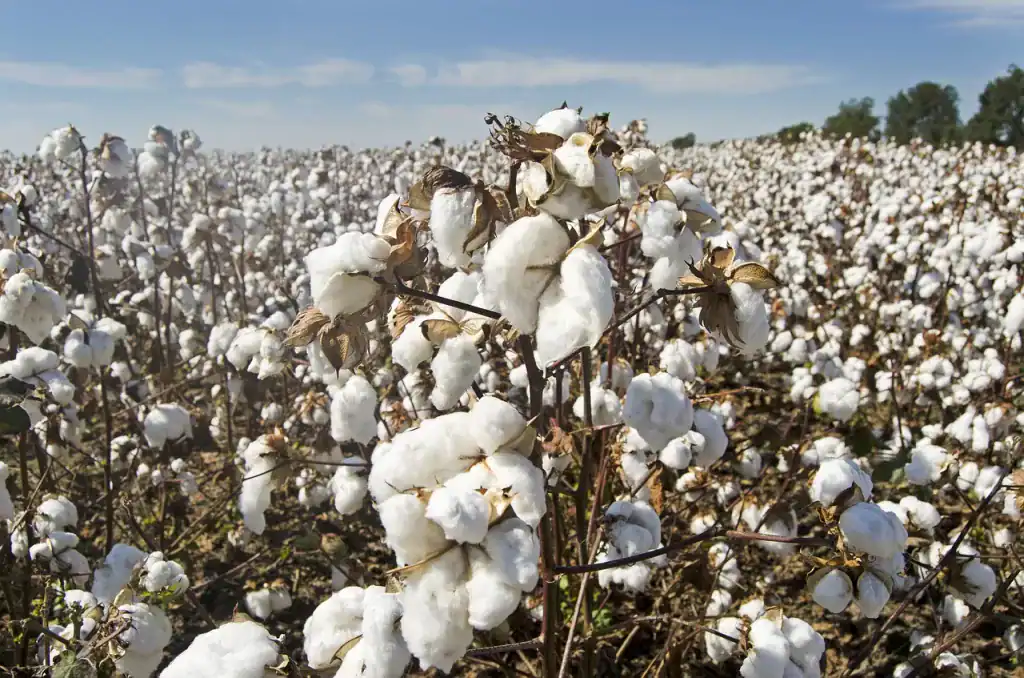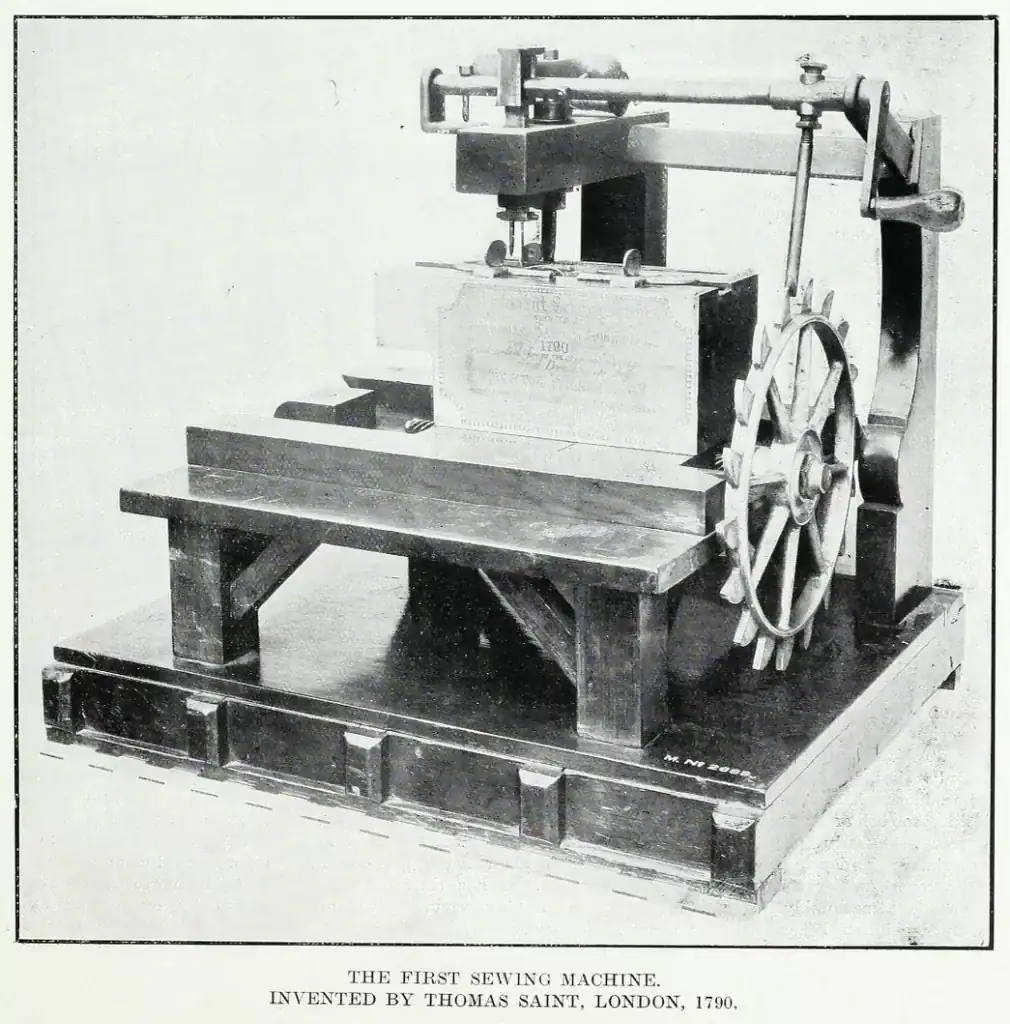Sea Island Cotton: A Southern Legacy of Luxury

When we think of cotton, the image of sprawling white fields in the southern United States often comes to mind. However, along the coast, cotton should also conjure images of sandy beaches. This was the case for the most valuable staple on Georgia’s barrier islands: Sea Island cotton. Let us learn more about the history of this crop which was important not just in the South but worldwide.
The Origins of Sea Island Cotton
Sea Island cotton’s roots trace back to West Africa, where natives grew cotton long before European colonizers arrived. In the eighteenth century, enslaved Africans brought their knowledge of cotton cultivation to the Americas, where they played a significant role in developing and maintaining the techniques for growing Sea Island cotton. Their knowledge of and work on this very labor-intensive crop helped make it the backbone of the Southern economy.
Sea Island cotton is considered one of the finest cotton varieties in the world. It was prized worldwide for its silky texture, high strength, and natural shine. The best and silkiest fibers were produced in conditions found only on the Sea Islands off the Georgia and South Carolina coasts, including Cumberland Island. These islands’ humid sea breezes made this cotton longer and glossier, and planters even claimed that the best fields had ocean exposure.
The Rise of Sea Island Cotton
By the early nineteenth century, the Sea Islands became major centers of cotton production. On Cumberland Island, its main producers were Catharine Greene Miller at Dungeness and later Robert Stafford at his Stafford Plantation.
Sea Island cotton’s long, smooth texture allowed it to be spun into lightweight, high-quality thread. It was then woven into fabrics which were known for their durability and luxurious finish. For these reasons, Sea Island cotton was highly sought after in international markets, especially in Europe. Although it was valued chiefly for lace-making or fine dress material, Sea Island cotton was also desirable for army and navy uniforms, sail canvas, tents, and umbrellas. Eventually, it became most prized as thread for a new invention which revolutionized the home manufacture of clothing: the sewing machine.

The Decline of Sea Island Cotton
Despite its initial prominence in the cotton trade, the cultivation of Sea Island cotton began to decline in the mid-1800s, largely due to the Civil War’s destroying infrastructure, disrupting trade routes, and ending slavery. The spread of a disease called “cotton wilt,” which decimated many crops, caused a further decline in Sea Island cotton’s production. Furthermore, the emergence of other, more disease-resistant and less labor-intensive strains of cotton made Sea Island cotton less competitive.
By the late 1800s, Sea Island cotton had nearly disappeared from large-scale production. However, in the early 1890s, Georgia’s output of Sea Island cotton rose steadily, far surpassing that of South Carolina and Florida. On Cumberland Island, Bill Carnegie, then-owner of Stafford Plantation, briefly succeeded in planting and marketing Sea Island cotton. He began exhibiting it at state expositions, and his entry even took the prize for Sea Island cotton at the 1895 Atlanta Exposition.
Sometime between the 1920s and 1930s, a few surviving seeds of Sea Island cotton went to an agricultural research center in Texas. This center crossbred these seeds with another cotton variety, which means the original strain of Sea Island cotton no longer exists.
The Revival of Sea Island Cotton
In the 1980s and 1990s, interest in Sea Island cotton revived – particularly for its historical significance and luxurious properties – making it a desirable commodity once again. Cotton farmers in Georgia, South Carolina, and Florida began to grow it in limited quantities, often using traditional methods of cultivation and harvesting. This resurgence, while modest, helped ensure that Sea Island cotton would endure.
Today, products made with variations of Sea Island cotton may still be found worldwide. Just as in its heyday, it is still celebrated for its premium quality and is used in high-end fabrics and textiles, including fine bed linens, clothing, and luxury towels.
The history of Sea Island cotton is deeply intertwined with that of the American South. This exceptional cotton is more than just a crop; it is a symbol of refinement, resilience, and a poignant chapter in the history of the United States.
Learn more about Sea Island cotton with us on our Cumberland Island Walking Tour: Haunting Ruins and Wild Horses!


